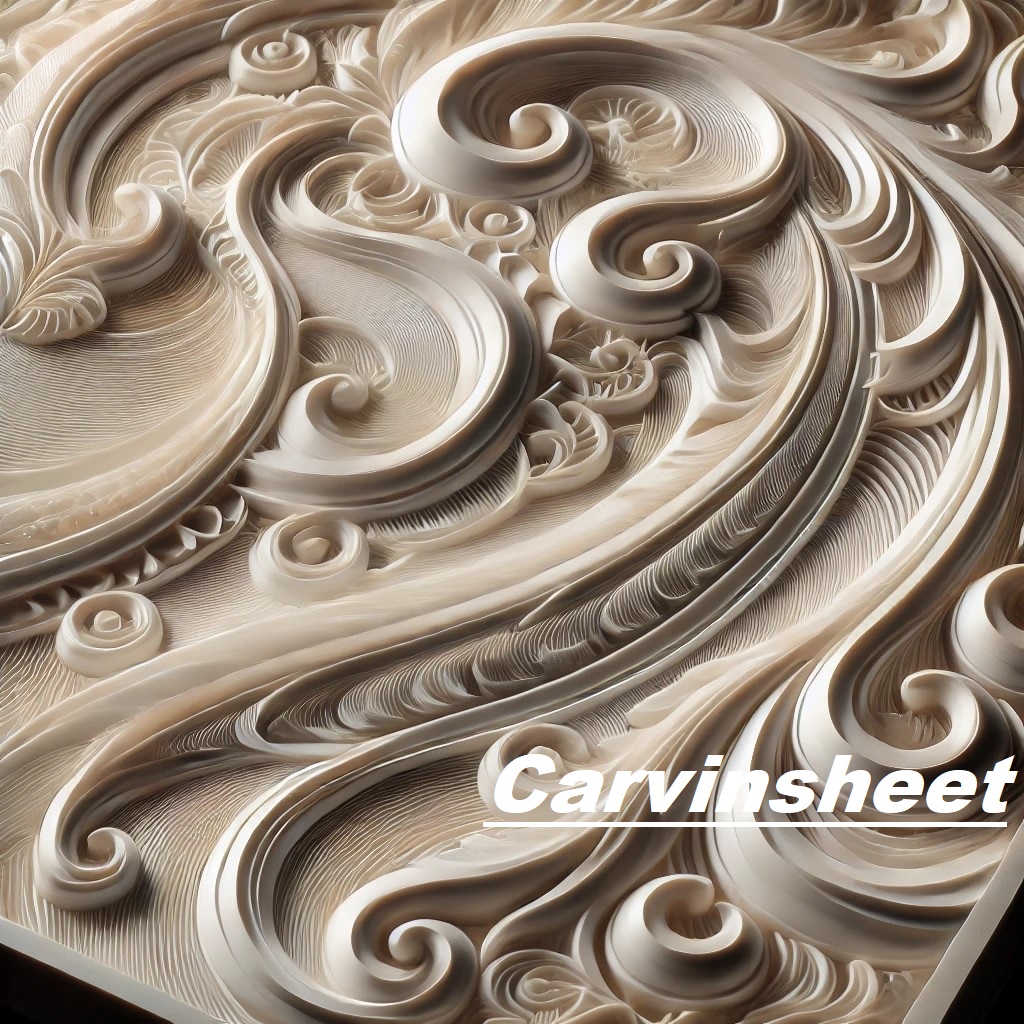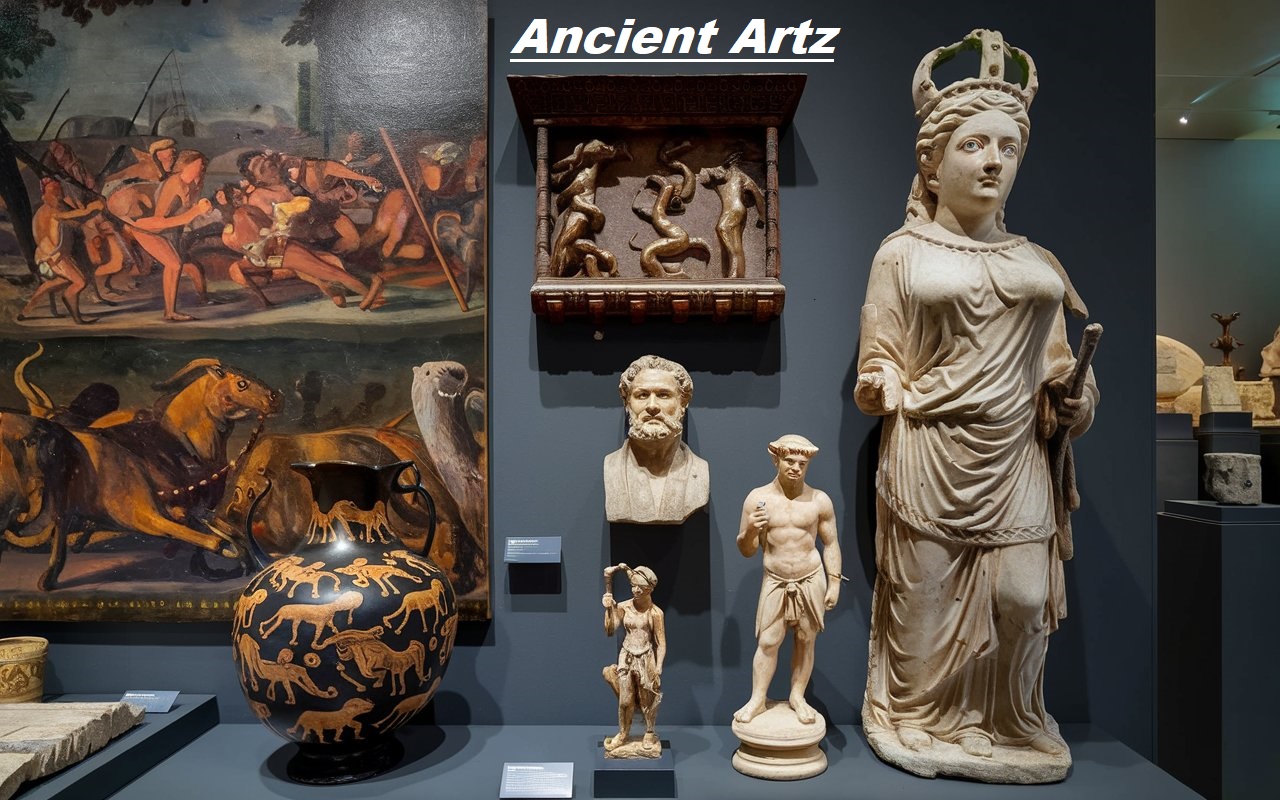Discover the versatility of “Carvinsheet,” an innovative carving material that’s flexible, durable, and perfect for intricate designs.
In the world of creative design and intricate craftsmanship, few innovations have made as significant an impact as the introduction of Carvinsheet. This material is transforming how artists, hobbyists, and manufacturers approach carving projects. Carvinsheet offers a new dimension to those who demand precision, flexibility, and durability in their work. Whether you’re an artist seeking a malleable medium or a manufacturer requiring robust yet detailed designs, This might just be the game-changer you’ve been waiting for.
What is Carvinsheet?
Carvinsheet is a relatively new material designed specifically for carving and engraving purposes. Unlike traditional materials like wood, stone, or metal, Carvinsheet is a synthetic material that offers both flexibility and durability. This allows for greater ease of use, especially for more intricate designs that require precision.
The material’s primary advantage lies in its versatility. It can be used for hand-carved projects, machine engravings, or even industrial-level productions. It is lightweight, making it easier to handle, while also being resilient enough to withstand various carving techniques without breaking or cracking.
Also Visit: Blooket
Why Choose Carvinsheet for Your Projects?
That offers numerous benefits that make it an attractive option for both amateur and professional carvers. Here’s why it’s worth considering:
- Flexibility: One of the standout features of Carvinsheet is its flexibility. It bends easily without breaking, allowing artists to experiment with curved or rounded designs that might be difficult to achieve with more rigid materials.
- Durability: Despite its flexibility, Carvinsheet is incredibly durable. It can withstand heavy-duty carving tools without splintering or cracking, making it suitable for both detailed and larger projects.
- Lightweight: Traditional carving materials like wood and stone can be cumbersome, but This is lightweight, making it easier to handle and transport.
- Ease of Use: Whether you’re using manual tools or advanced machinery, It is easy to carve and shape. This makes it ideal for a wide range of applications, from artistic sculptures to industrial parts.
- Cost-Effective: For those working on a budget, Carvinsheet is often more affordable than traditional materials, especially when considering the reduced risk of waste due to cracks or breaks during carving.
Applications of Carvinsheet: Where Can It Be Used?
Carvinsheet’s versatility opens up a world of possibilities across various industries and hobbies. Here are some common applications:
- Artistic Carving: Artists looking for a material that allows for detailed, intricate work often turn to Carvinsheet. Its flexibility and ease of use make it perfect for creating everything from small sculptures to larger installations.
- Prototyping: Designers and engineers can use it for prototyping because it allows them to quickly and accurately produce models and components. The material’s durability ensures that prototypes can be tested without worrying about breaking.
- Architectural Models: For architects, precision and flexibility are key. Carvinsheet provides a practical solution for building accurate and detailed architectural models.
- Signage and Lettering: The material is commonly used for custom signage and lettering, as it can be shaped into complex designs while remaining lightweight and durable.
- Jewelry Design: Carvinsheet is gaining popularity in the world of jewelry design, as its flexibility allows for the creation of intricate patterns and unique shapes that may be difficult to achieve with traditional metals.
How to Work with Carvinsheet: Tools and Techniques
Working with Carvinsheet is a straightforward process, but using the right tools and techniques can make a significant difference in the final outcome. Here are some key points to keep in mind:
- Manual Carving Tools: Traditional carving tools such as chisels, gouges, and knives can be used on Carvinsheet. Due to its flexible nature, it’s recommended to use finer tools for detailed work, especially when creating intricate designs.
- Power Tools: For larger projects or more complex shapes, power tools like rotary tools or laser engravers can be used. Carvinsheet holds up well under mechanical pressure, so you can work efficiently without fear of damaging the material.
- Finishing Techniques: After the carving is complete, sanding or polishing can be done to give the Carvin-sheet a smooth, refined finish. Additionally, it can be painted or stained to achieve different aesthetic effects, enhancing the overall look of the final product.
Carvinsheet vs. Traditional Materials: A Comparison
When comparing Carvinsheet to traditional carving materials like wood, stone, or metal, several factors stand out. Let’s break them down:
- Weight: Carvin-sheet is significantly lighter than stone or metal, making it easier to work with for longer periods of time without fatigue.
- Malleability: Carvinsheet offers more flexibility than wood, which can crack or splinter under pressure. This is particularly useful for projects involving curved surfaces or intricate details.
- Durability: While wood can be prone to insect damage and rot, and stone can be brittle, Carvin-sheet is resistant to both, offering a longer-lasting solution for outdoor and indoor projects alike.
- Cost: Carvinsheet tends to be more affordable than high-quality wood or stone, particularly when factoring in the reduction in waste and the ease of use.
Environmental Impact
One of the considerations for any material is its environmental footprint. Carvinsheet, being a synthetic product, raises questions about sustainability. However, it’s worth noting that durability and versatility contribute to less waste during production. Because it’s less likely to crack or break, there’s less need to discard and replace materials. Additionally, certain manufacturers are exploring eco-friendly production methods to reduce the environmental impact further.
Future Trends in Carving Materials: Is Carvinsheet Leading the Way?
As technology continues to evolve, so too do the materials we use in art and manufacturing. That represents a significant leap forward, providing a material that combines flexibility, durability, and ease of use. In the future, we can expect to see more variations of that cater to specific industries, such as medical device manufacturing, automotive design, and even aerospace engineering.
These innovations could open up new possibilities for how Carvin-sheet is used, making it an indispensable material in many fields.
FAQs
How does Carvinsheet compare to wood in terms of durability?
It is more durable than wood, particularly when it comes to resistance to cracking and splintering. It’s also not affected by insects or rot, making it a better choice for projects that require long-term durability.
Can Carvinsheet be painted?
Yes, Carvinsheet can be easily painted or stained, allowing for a wide range of finishes. This makes it a great option for both functional and decorative projects.
Is Carvinsheet environmentally friendly?
While Carvinsheet is a synthetic material, its durability and resistance to waste can be considered environmentally positive. Some manufacturers are also working on eco-friendly production methods.
What tools are best for working with Carvinsheet?
Both manual tools like chisels and gouges, as well as power tools such as rotary tools, can be used with it. It is versatile enough to handle both fine details and larger shapes.
Can Carvinsheet be used for outdoor projects?
Yes, Carvinsheet is resistant to weather conditions and does not rot or break down easily, making it a good choice for outdoor installations.
What industries are adopting Carvinsheet?
Industries such as jewelry design, prototyping, architecture, and even automotive manufacturing are starting to adopt this for its versatility and ease of use.
Conclusion
Carvinsheet is a versatile and innovative material that is making waves in various industries. Its combination of flexibility, durability, and ease of use sets it apart from traditional carving materials. Whether you’re an artist looking to create intricate designs or an engineer working on a prototype, This offers a practical solution that’s both cost-effective and reliable. As we look to the future, the potential applications of Carvinsheet seem almost limitless.









